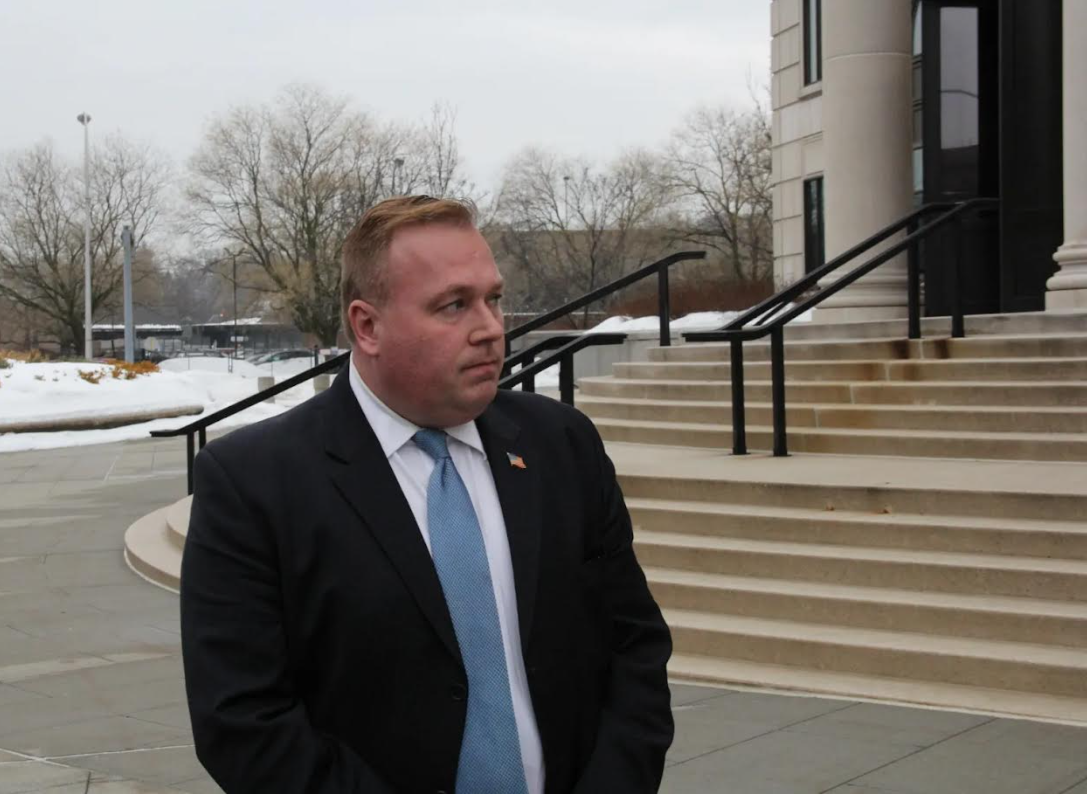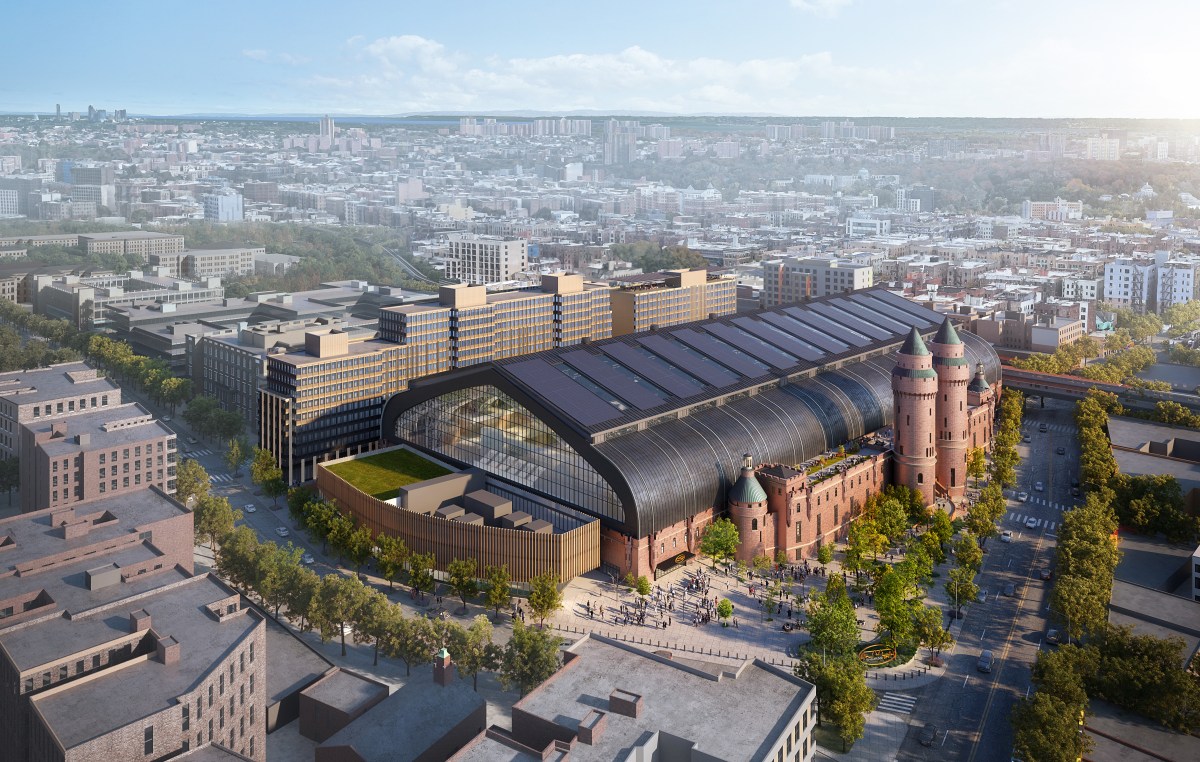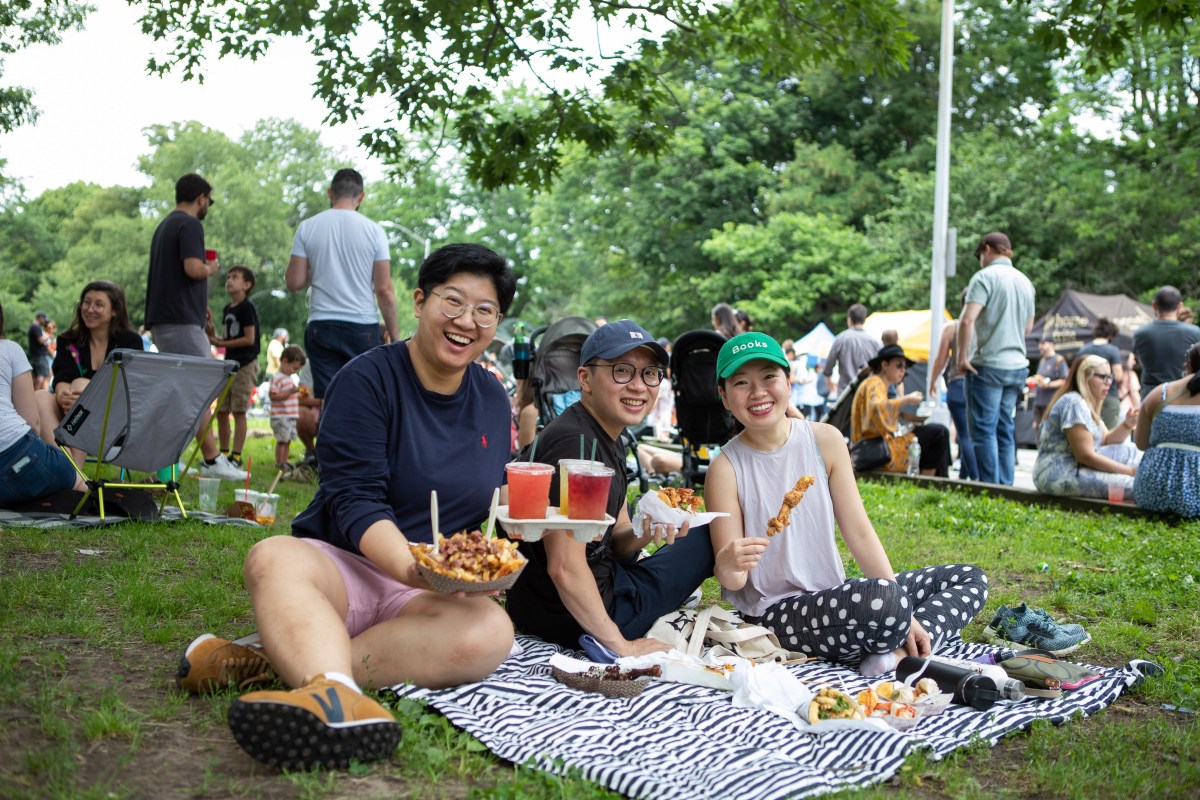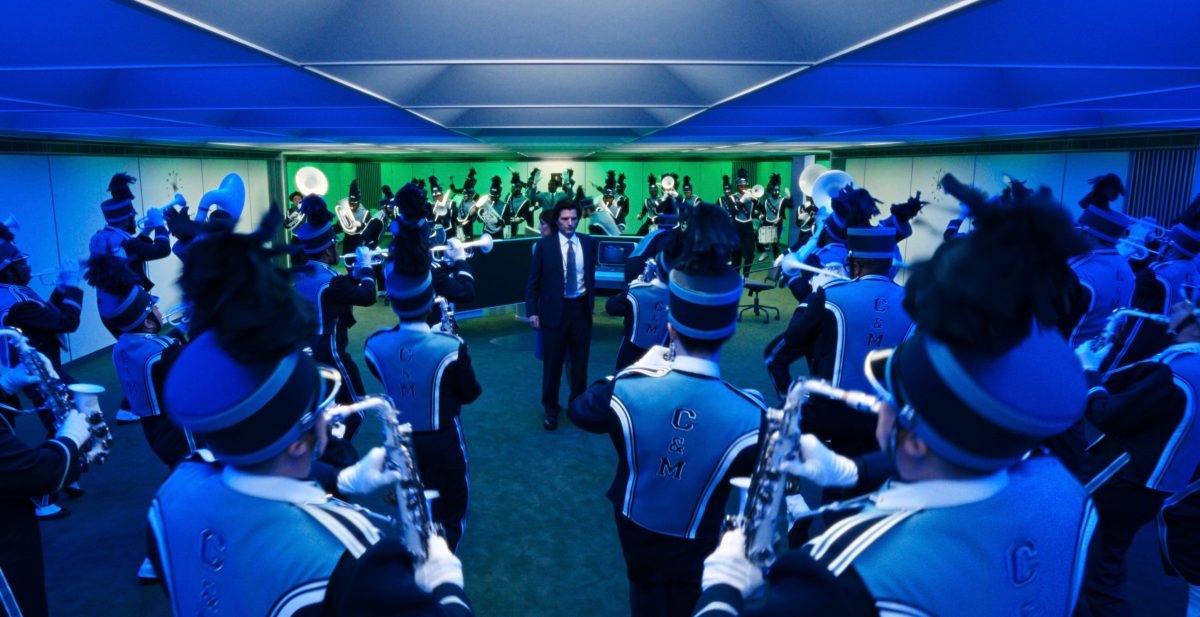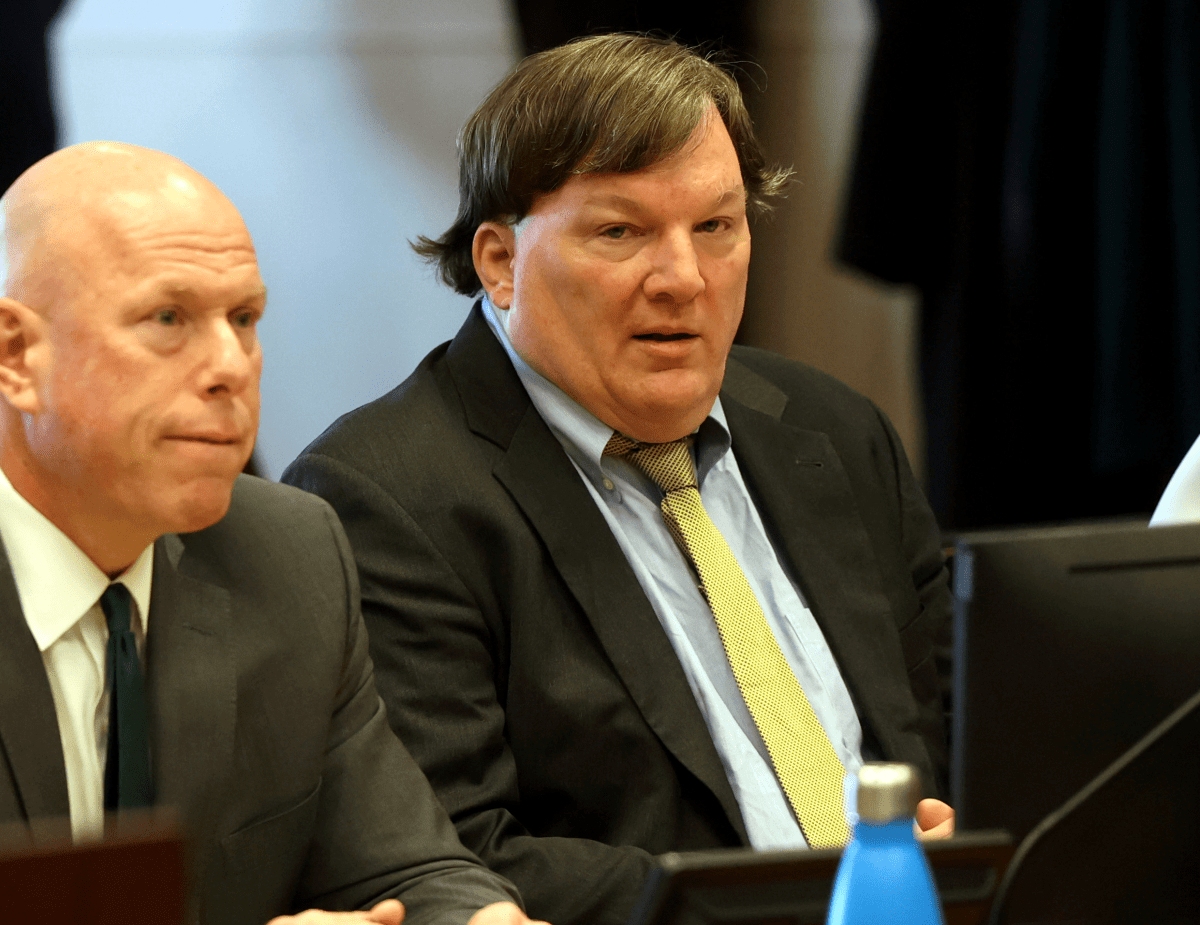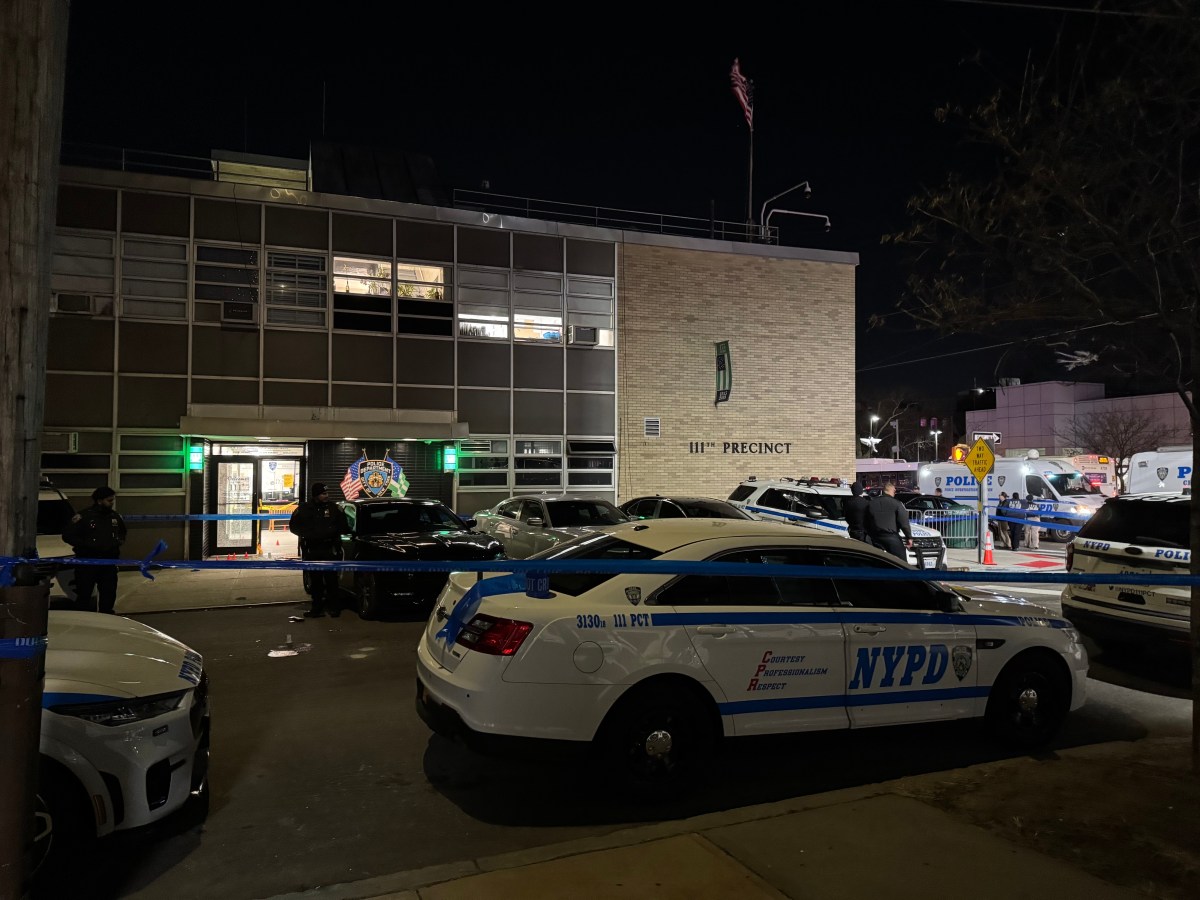By Julie Shapiro
Like many of the people dedicated to rebuilding Lower Manhattan after 9/11, Julie Menin has grown tired of hearing rhetoric about Downtown being “stronger than ever.”
But last week, when the Lower Manhattan Development Corporation announced $37 million in community enhancement grants, Menin finally felt that those words were appropriate.
“It’s not rhetoric [today],” said Menin, chairperson of C.B. 1. “It’s reality.”
Gov. Elliot Spitzer, Mayor Michael Bloomberg and L.M.D.C. Chairperson Avi Schick announced 33 grants to nonprofit organizations on Nov. 8.
The grants — first promised two and half years ago — will fund everything from museums and hospitals to schools and parks. Of the $45 million allocated for community enhancement, $8 million remains, leaving “some leeway for projects in the future,” Schick said.
At last week’s L.M.D.C. board meeting, Schick said the remaining money could go to cover the federally-funded corporation’s operating expenses.
The grants to so many small, grassroots groups, represents a departure from the L.M.D.C.’s past allocations. In another policy shift, the grants strongly emphasize healthcare, including $2.5 million for Lower Manhattan’s first public M.R.I. and a $2.5 million preventative care unit at New York Downtown Hospital. In all, grants to healthcare organizations totaled over $8.5 million.
Many nonprofits and elected officials applauded the healthcare emphasis, but for nonprofit coalition Beyond Ground Zero, the L.M.D.C.’s actions do not erase a history of neglect.
“It’s great that L.M.D.C. put a little money toward addressing the health impact,” said Jei Fong, an organizer with Beyond Ground Zero, which got $750,000. “But it’s clearly not enough.” The government has largely ignored the health crisis of Lower Manhattan residents since 9/11, Fong said.
While recipients across the board were happy to get the money, several noted the importance of remembering where the funds came from.
“I treat this money very differently because people died in a terrorist attack for this money,” said Bob Townley, executive director of Manhattan Youth. “It’s not money to be taken lightly. It’s money you have to put your heart and soul into.”
Manhattan Youth received $1.5 million to kick-start programming and buy equipment for the new Downtown Community Center, expected to open in April.
“The diversity of entities receiving funds reflects the breadth of life in Lower Manhattan,” Spitzer said. “The Downtown community is not just a construction site—it’s a place people live and work and come to enjoy New York City.”
The grants “will help make Lower Manhattan the community we knew it could be, that we want it to be,” Bloomberg said.
Renowned architect Maya Lin spoke on behalf of the Museum of Chinese in the Americas, whose new building she designed. The museum is supposed to open next September, and Lin expects more than 300,000 visitors in the first year alone. MOCA received $2 million to complete the new building.
The grants are part of the Downtown’s “striving to rebuild and create new equilibrium,” Lin said.
The job of sorting through the more than 200 applications fell to a six-member panel, including Schick, in a painstaking process that took hundreds of hours, said Menin, a panel member, who was appointed to the L.M.D.C. board after the deliberations began. In fact, the process took up so much of her time that Max, Menin’s 4-year-old son, now knows the acronym “L.M.D.C.”
Schick said corporation staff also made 100 about site visits to applicants.
One of the larger allocations was $4.5 million for the 44 public schools in Lower Manhattan. Some of those schools applied for grants and others didn’t, but the panelists wanted to give each one a chance. Each school can now apply for up to $250,000 for whatever they need.
“We did not pit schools against each other,” Menin said, alluding to the fact that several schools applied for large capital projects, and two applied for gyms.
“How can you decide one school deserves a gym and the other does not?” she asked.
Robert Rhodes, principal at Millennium High School, requested $2.1 million for a gym. Several weeks ago, Rhodes told Downtown Express that he would try to fundraise if the L.M.D.C. did not grant him the requested amount, but he said it would be extremely difficult.
The problem with a gym is that “You can’t build it in little pieces,” Rhodes said. “You either build the whole thing or you can’t build it.”
Common Ground, a nonprofit that combats homelessness, received two $500,000 grants to fund temporary lodging and affordable housing.
“We were really thrilled,” said David Beer, director of real estate development. He is overseeing the construction of 146 temporary units for homeless and at-risk single men and 263 units of rent-stabilized housing.
“We would have struggled to do both projects without the grant,” Beer said. “The city saw an increase in homelessness of single adults after 9/11…so both of these projects represent opportunities for homeless people to access housing.”
The Lower East Side saw a large financial impact after 9/11, as local businesses struggled. Now, the area is seen as a nightlife destination, a reputation that Roberto Ragone, executive director of the L.E.S. Business Improvement District, is trying to overcome by drawing daytime visitors. Ragone received a $400,000 grant to renovate the BID’s offices, which also serve as a visitor’s center.
“We’re all sort of crammed into one office,” Ragone said. Rehabilitating the Lower East Side is “not easy to do when one person is on top of the other.”
The Clemente Soto Vélez Cultural Center received $250,000 to hire consultants who will uncover what the community wants from the center. Currently, C.S.V. provides space to artists at below market value and also hosts performances and exhibitions. The center is embarking on a large renovation and wants to learn how best to use its space, said Luis Cancel, executive director.
“The funding makes it possible,” Cancel said of the planned consulting. “It’s really critical that what gets developed in the long term is in sync with the community.”
For Jeanette Zelhof, interim executive director at MFY Legal Services, the $1 million L.M.D.C. grant means hiring two attorneys to educate the community about the benefits of legal services.
“We were delighted to be able to give this service to the very needy population,” Zelhof said, adding that Chinatown and the Lower East Side have been particularly underserved after 9/11.
Grand Street Settlement received $1.5 million to overhaul its heating, ventilation and air-conditioning system, particularly in its gym. The gym, which served as a disaster relief center after 9/11 and also hosts community meetings and events, has only fan ventilation. Allen Payne, director of development and public relations, would also like to add scoreboards and bleachers to the gym.
The 92nd Street Y will use its $1.5 million grant toward constructing its 200 Hudson St. community center, scheduled to open completely next fall, a year after the original target date.
“The community is transforming itself, so it needs basic community infrastructure,” Sol Adler, the Y’s executive director, said. “It needs a place to be a community.”
The L.M.D.C. will increase its program and support staff to speed the process of getting the money to the organizations.
“We are committed to make sure grants get out quickly,” L.M.D.C. President David Emil said. “It won’t be years and hopefully it won’t be months.”
For a complete list of the grants, visit www.renewnyc.com.
With reporting by Josh Rogers












